Cyperus esculentus, or Chufa, is likely to be a tuber you’ve never heard of, but your ancestors most certainly did. The tiny, globally distributed sedge produces small edible tubers commonly called nuts, hence its nickname ‘Tiger Nuts.’ Given its global range, its common names are quite extensive, including Tiger Nutsedge, Yellow Nutsedge, Earth Almond, Earth Nut, and more. It is a perennial that reproduces mainly asexually through tuberous growth. It rarely flowers, and like our beloved sunchoke, most of the flowers are sterile.1 Only about a foot or so in height, it does little to stand out on the landscape and can most often be found in moist, loamy soil. Given their namesake, it should be of little surprise that its flavor has been compared to almonds and described as similar to coconuts, making it much of a delicacy (more on this later) across North Africa.2
These little tubers have long been considered non-natives in North America, and I’m happy to tell you this is incorrect. Not only is there a long history of their use by Indigenous groups in California, but researchers in Central America have developed pollen data from sediment cores showing pollen of chufa from at least 900 BC, well before the arrival of the Spanish, who had been historically considered the vector for their spread.3 This also explains the historical processing of Eleocharis caribaea, a spike sedge plant whose roots are processed into a similar drink as horchata (a drink from Spain made from chufa tubers). The drink was documented as early as the 13th century in Guatemala and described as being consumed by the “thousands of liters.”4
It’s also worth looking at one of the common misconceptions around chufa: its classification. Historically, chufa and yellow nutsedge have been treated as different species despite being both Cyperus esculentus. Chufa is considered the cultivated variety of the species, which would imply that chufa is in the early stages of domestication.5 This is evident when we view the differences between these two plants. For example, chufa tubers are larger and have higher oil and sugar content.6 However, likely due to breeding, chufa rarely flowers, has fewer and smaller spikelets, and has no frost tolerance.7
Recent taxonomic work on yellow nutsedge, however, considers intraspecific classification unwarranted because the species is quite diverse. Thus, the unique traits of chufa may simply reflect genetic anomalies that are better suited for human consumption.
In short, arguments about whether or not chufa is native versus yellow nutsedge miss the fact that these plants are not materially different from an ecological standpoint and, in fact, may not even be any more different than red oaks from the Carolinas and Canada. Yes, the tubers are larger, significantly, in fact, so it’s worth considering what that means in terms of breeding and how cautious we should be when we look at improved selections from overseas, which I would recommend against.
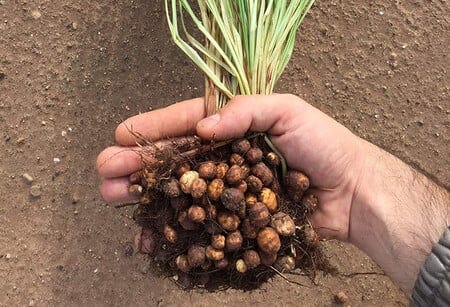

Returning to the Owens Valley of California, we can see how the indigenous people on the coast utilized the landscape to grow these tubers. These plants were irrigated to provide the conditions necessary for successful crops, and the Paiute made “milk” from the tubers, similar to horchata in Spain and the Guatemalan drink hundreds of miles south. The plant was called tib’uzi in the Paiute language. The crop was so significant in the Paiute culture that they had specific words related to chufa cultivation, such as tuvaijü, meaning head irrigator, and pavado, which was the irrigator’s pole. These terms and practices were well-established and not recently acquired from Spanish missions.
The Paiute grew chufa alongside wild hyacinth (camas), another native plant with an edible bulb. They utilized intricate networks of ditches and canals to divert water from streams and springs onto their fields, which spanned miles. This agriculture relied heavily on communal labor, careful planning, and management. It was also the primary “crop” grown in what we would consider to be agricultural systems today, while much of their other food was through hunter-gatherer practices (including huckleberries, which were a staple crop we’ve covered in the past).8
Alternate irrigation was utilized between plots, allowing sites to flood fields temporarily. This process involved fallowing the lands and was described as a tool to “prevent soil exhaustion.” Irrigation was communal, and all men assisted in constructing the dams. It likely improved the natural seeding of crops, controlled unwanted vegetation, and increased tuber size and yield based on the timing of the flooding.
Once the water entered the main irrigation ditch, the irrigator (tuvaijü) watered the plots through a system of small ditches. After the water was released into the ditch, fish were harvested from the dry stream bed. Women harvested the roots, leaving the smaller bulbs behind to replace those they harvested.
The plants were chosen largely because they were native and could withstand the region's unique climate. Irrigation-based agriculture allowed the Paiute to thrive in an environment where traditional food sources, like pine nuts, were often unreliable. The chufa tubers were harvested using digging sticks in the recently drained fields, leaving smaller tubers in the ground to resprout. The chufa was consumed in several ways: raw, made into a conserve, ground into flour, and processed into the milk described above.
While we can trace chufa back to the Americas at least a few thousand years ago, there’s a longer history of chufa as part of human diets. Extensive documentation of chufa exists in Egypt, including remains of chufa in vaults in Thebes dating back 4500 years BP. Because of extensive documentation across Africa and the Mediterranean, we can also examine other ways chufa has been processed and may have been processed in the Americas.9 For example, in Italy & Egypt, the fatty oil extracted from chufa was used as an edible oil and to make soap. In Spain, chufa is grown under irrigation, similar to how the Paiute did thousands of miles away, and is still consumed as horchata.
Chufa is estimated to be the third most ancient domesticated food crop in ancient Egypt. Because of this, we can look to eastern Africa for guidance on how this crop was grown. Since it’s a cosmopolitan crop, similar to nettle and red fescue, it has likely been managed in similar ways across the globe. It’s no surprise that when we discussed Turkana, even though we didn’t explicitly discuss chufa, they managed their crops using flooding systems similar to the Paiute.
Historically, the tubers have been cultivated in raised-bed gardens, which were flooded for irrigation. When it was time to harvest, the aboveground shoots were burned, and the tubers were harvested by hand. Studies have shown that daily irrigation can double the tuber weight for chufa, which explains why these were worth managing as a crop in the arid climate of eastern California.10 For context, estimates of the improved chufa in Africa put production at around 7.808 metric tons of maintenance-free crop. To convert that into calories, roughly 14 million calories.11
Given these conditions and its ability to grow and occupy little space, chufa is an excellent candidate for a poly crop paired with other natives, such as the crops developed in the Eastern Agricultural Complex (sump weed, goosefoot, marsh elder) or possibly even groundnuts. In Africa, it’s been known to be grown alongside okra in a polycrop system.12 It’s worth noting, however, that chufa is aggressive and will remain on a site after it has been planted. Further breeding work to make processing easier seems like an obvious next step.
Given the plant's small size and turnover, improvement should be fairly quick, given its lack of selections. As of 2024, the only registered chufa cultivars are “Alboraia” and “Bonrepos,” which are not readily available. However, there are, without a doubt, hundreds of cultivars across Africa, where it has continued to be a staple crop for Indigenous people.13 Typically, chufa is sorted into three general categories: yellow, brown, and black.
Chufa is also an incredibly useful plant from a health perspective. Not only is it abundant in nutrition, but it’s also calorically dense— averaging 4.26 kcal/g.14 For context, potatoes are around 1 kcal/g, and pecans, which are one of the most calorically dense foods native to North America, are 6.91 kcal/g. As far as native root crops, and basically all non-nut crops, chufa is by far one of the most calorically dense crops that can be grown, and it has the added benefit of producing a crop quickly, unlike the decade or more before nut trees produce meaningful crops.
This high caloric density helps such a small root provide an incredible caloric volume (again, 5 million calories), which is comparable to wheat (4 million) and soy (6 million). In reality, production would likely be lower, but it points to the potential to feed a massive amount of people while being a pest-free, native crop (for context, an acre of chufa would feed over 30 people at this density versus 19 people for rice). The challenge is that we’re extrapolating data from improved selections in Africa, which are not native to North America and are already improved.
Chufa is so dense because of its high amounts of protein and oil. Chufa provides more protein than the daily adult requirements set by the FAO/WHO, and it’s one of the rare plants with a complete protein, having all 20 amino acids.15 The oil has a fatty acid profile comparable to olive oil and is rich in oleic acid.16 Chufa has significant potential as an oil crop, where it has promising yields that merit further examination. Further, like corn, it’s a C-4 grass, meaning that it has incredible potential for improvement due to its capacity to process sunlight efficiently (we talked about this in depth when we discussed the history of corn).
Beyond the macronutrients, chufa is also high in vitamins C and E, and its glycosides are potent antioxidants.17 Further, it is a good source of iron, magnesium, and potassium.
Despite all of chufa's potential positives, there are some downsides. Although there is plenty of evidence to suggest its native status in North America, there is little evidence of strong pollinator support or specialized relationships in the ecosystem. This isn’t uncommon with cosmopolitan crops but is a significant downside compared to other native crops we’ve covered (persimmon, acorns, hickories, blueberries, hazelnuts, sunchokes, and more).
Further, little is known about how to grow it for production, and seasonal flooding patterns can significantly impact root size. We are still in the early stages of understanding what this looks like.18 Lastly, and significantly, it’s an extremely preferred food source for wildlife—great for supporting rodents but not necessarily for humans. I’d venture to bet this is partly why the Paiute flooded their fields, to keep the crops protected when they were close to harvest.
However, according to recent research, the tiger nut has been an incredible part of our history, including our early hominin ancestor—Paranthropus boisei— who likely survived mostly on Tiger Nut.17 It’s worth remembering the close relations we’ve had with this plant, one we could cultivate once again.
Sánchez‐Zapata, E., Fernández‐López, J., & Pérez‐Alvarez, J. A. (2012). Tiger nut (Cyperus esculentus) commercialization: health aspects, composition, properties, and food applications. Comprehensive Reviews in Food Science and Food Safety, 11.4 (2012): 366- 377.
Bamishaiye, E. I. (2011). Tiger nut: as a plant, its derivatives and benefits. African Journal of Food, Agriculture, Nutrition and Development, 11(5): 5157-5170.
McNeil, Cameron L., et al. "Evidence Disputing Deforestation as the Cause for the Collapse of the Ancient Maya Polity of Copan, Honduras." Proceedings of the National Academy of Sciences, vol. 107, no. 2, 2010, pp. 1017–22
DJOMDI, Djombi, HAMADOU, Bakari, GIBERT, Olivier, TRAN, Thierry, DELATTRE, Cedric, PIERRE, Guillaume, MICHAUD, Philippe, EJOH, Richard and Robert ND-JOUENKEU 2020 Innovation in Tigernut (Cyperus esculentus L.) Milk Production: In Situ Hydrolysis of Starch. Polymers 2020, 12, 1404.
Mabberley, D. J. 1997. The Plant-Book: A Portable Dictionary of the Vascular Plants. 2nd ed. Cambridge, U.K.: Cambridge University Press. 858 p.
Bendixen, L. E. and U. B. Nandihalli. 1987. Worldwide distribution of purple and yellow nutsedge (Cyperus rotundus and C. esculentus). Weed Tech-nol. 1:61–65.
Schippers, P., S. J. Ter Borg, and J. J. Bos. 1995. A revision of the infraspecific taxonomy of Cyperus esculentus (yellow nutsedge) with an experimentally evaluated character set. Syst. Bot. 20:461–481.
https://burnspaiute-nsn.gov/wp-content/uploads/2020/09/Recent-and-contemporary-foraging-practices-of-the-Harney-Valley-P.pdf
Morell, J., and S. Barber. 1983. Chufa y horchata: características físicas, químicas y nutritivas. Instituto de Agroquímica y Tecnología de Alimentos (C.S.I.C.), Valencia, Spain.
Satch, C. S. (2016). Exploration of CHUFA (cyperus esculentus L. var. Sativus Boeck) as a novel specialty crop for the Northeastern United States (thesis). Exploration of Chufa (Cyperus esculentus L. var. sativus Boeck) as a novel specialty crop for the Northeastern United States.
https://hungermath.wordpress.com/2012/10/22/the-nutritional-value-of-chufa-tigernut/
https://smujo.id/biodiv/article/download/8602/4974/45123
Pascual, Blanca, et al. "Morphological Characterization and Chemical Composition of Chufa ( Cyperus esculentus L. var. sativus Boeck) Tubers from the New Cultivars ‘Alboraia’ and ‘Bonrepos.’" HortScience, vol. 48, no. 3, Mar. 2013, pp. 386–91.
Kelley, James R., Jr., and Leigh H. Fredrickson. Chufa Biology and Management. Gaylord Memorial Laboratory, The School of Natural Resources, University of Missouri, 1991
Bosch, L., Alegria, A., & Farre, R. (2005). RP-HPLC determination of tiger nut and orgeat amino acid contents. Food science and technology international, 11(1), 33-40.
Oderinde, R. A., and A. O. Tairu. 1992. Determination of the triglyceride, phospholipid, and unsa- ponifiable fractions of yellow nutsedge tuber oil. Food Chemistry 45:279-282.
https://www.sci.news/othersciences/anthropology/science-paranthropus-boisei-tiger-nut-diet-01680.html

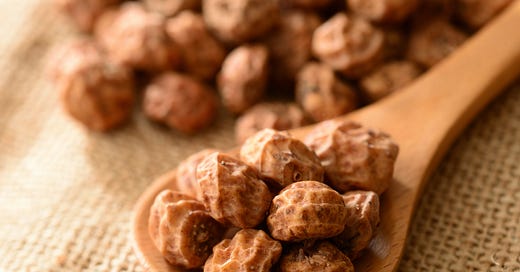




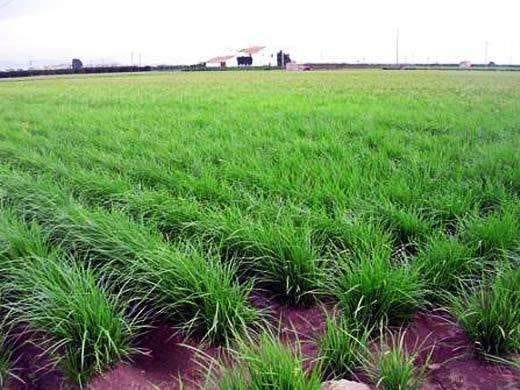
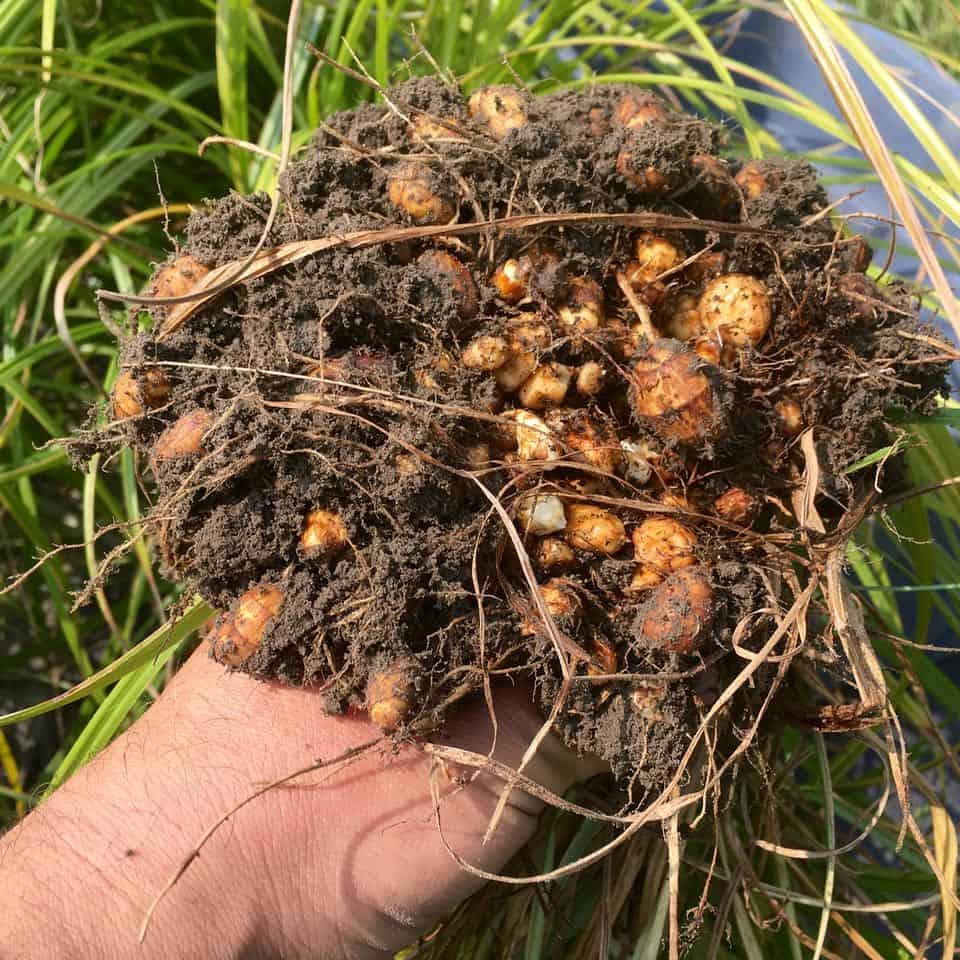

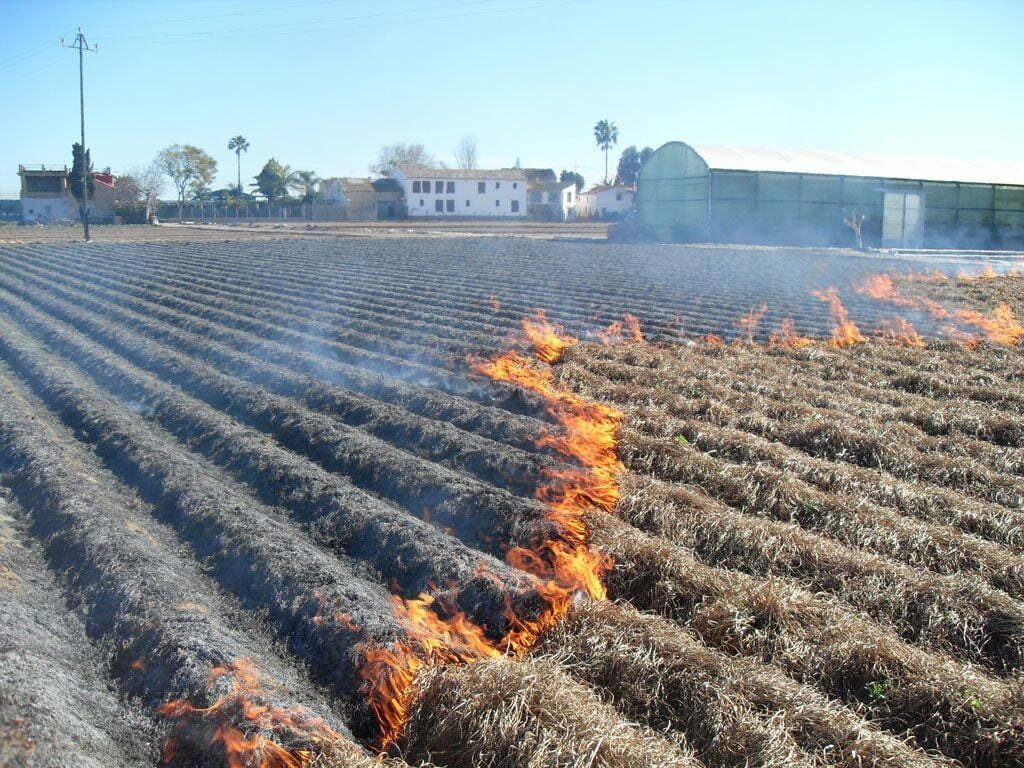

I am fascinated by chufa. I wish there was a way to get a hold of the native variety with meaningful amounts of tubers. It seems like an ideal crop for non-clay lowland soils. Tried growing it in clay and it was not as happy, but maybe I’ll try it again.
Also in Catalunya and València, north side of the Mediterranean, chufa or xufa is a popular summertime drink!